I’m currently reading Sandworm by Andy Greenberg, which is a brilliant book btw, and it reminded me of the need for creative cybersecurity solutions, especially tied to integration, automation, and out of band access. That, in turn, reminded me of the presentations I participated in recently as a delegate at Security Field Day 7 (#XFD7). In particular, I thought back to ZPE System’s session and their approach to those exact three items.
Cybersecurity Sprawl
We’re all fighting against ransomware, supply chain attacks, operational technology (OT) vulnerabilities, and more. And we’re aided in that fight by many great products from many great vendors – maybe too many.
Not only are our cybersecurity tools multiplying like rabbid rabbits, but the infrastructure we are defending is shifting beneath us at the same time. So, we’ve got a hybrid multi-cloud infrastructure to defend and dozens or often hundreds of vendors in the security stack. No wonder things slip through the cracks.
Hybrid Enterprise Use-Cases
In addition to rising frequency, intensity, and sophistication of attacks, and the ever-growing list of vendors and products to combat the threat actors, the enterprise is changing as well. With digital at the heart of virtually (if not literally) everything we do, no two businesses are alike. We must pay attention to our specific attack surface, threat profile, and risk tolerance. Which means that we often have to deploy highly tailored combinations of solutions.
One well-known mix is to find the best of breed solutions for specific, mission critical applications. For example, many folks want the absolute best firewall and the best SD-WAN platform. Of course, best is always subjective – and so for many enterprise, those two products must be sourced from different vendors.
Another common situation is the need to leverage a brand new or highly specific solution, often offered by only one or two specialized vendors. Like picosegmentation for OT and IT convergence, continuous pen-testing, or out of band ZTNA publisher bootstrapping. With just those few examples we could easily end up with five appliances stacked at each of our locations, or some other less than ideal setup.
Open Cybersecurity Platform
As I mentioned above, ZPE Systems presented their solution to these challenges at Security Field Day 7. They are taking an expansive cross-vendor approach, which they call the “Zero Pain Ecosystem.” Clever reuse of their name there as the acronym. The presentation called out that “cybersecurity is a team sport,” and I agree – but what does that mean in this case, practically?
Koroush Saraf, VP of Product Management and Marketing at ZPE visualized the needed platform, quite cleverly, as a tasty hamburger. The hardware device itself is the bottom bun. Just above the hardware ‘bottom bun’ is the software (veggies and condiments in our analogy) that support the meat and cheese. This middle part is the most delicious security apps – exactly the ones you need, and nothing you don’t. And API access for management and automation is the top bun, completing the sandwich and this juicy analogy.
He went on to draw the comparison between their lovely burger and the public cloud. ZPE is providing the hardware, the software, and the management and automation interface. You provide your hand selected security solutions, which run as apps within their platform.
And while I like that analogy it seems to me what they’ve really done is finally deliver on the promise of a truly universal CPE.
Sounds like @ZPESystems is finally delivering on the promise of a Universal CPE, which so many have failed to achieve in the past.
Looks like a router to NetOps, a server to DevOps, and you can load it up with whatever tools SecOps needs#XFD7 #networksecurity pic.twitter.com/Gnp8itAgXy
— 🌵 ᑕᕼᖇIᔕ GᖇᑌᑎᗪEᗰᗩᑎᑎ (@ChrisGrundemann) March 24, 2022
As I said in that twitter thread above; ZPE delivers a device that looks like a server to folks who deal with servers, looks like a network device to the networking folks, and looks like a docker platform to applications – all with zero touch, zero trust, automation, and OOB capabilities built right in.
If you want to see the hamburger platform in action, check out the demos they conducted at Security Field Day 7:
The Bottom Line
The constantly evolving threat landscape requires a constantly evolving cybersecurity response. Each enterprise has unique threat profiles, attack surfaces, risk tolerances, and approaches, requiring an ecosystem of vendors. But how can we integrate these solutions into a holistic cybersecurity system? ZPE offers an answer, with their Cybersecurity-as-a-Platform (CaaP) approach delivered via Nodegrid uCPE hardware and software.


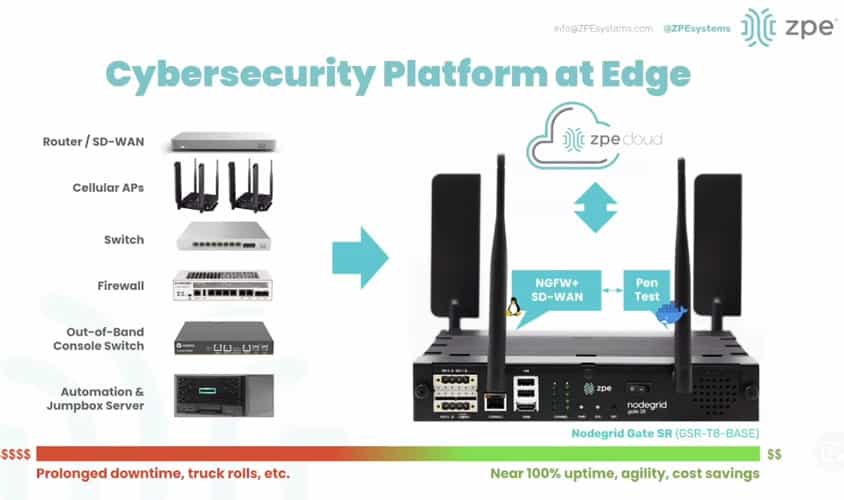
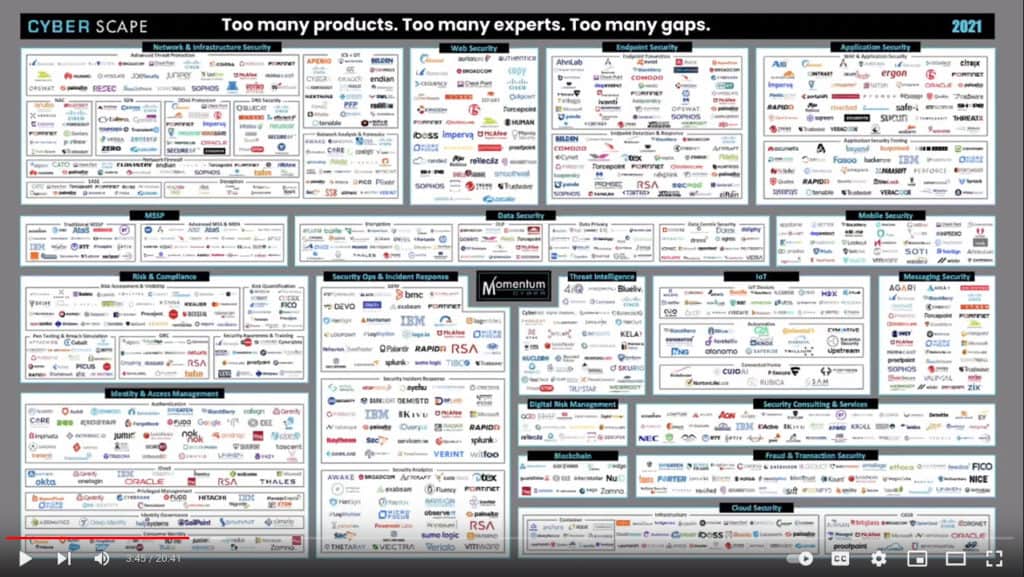
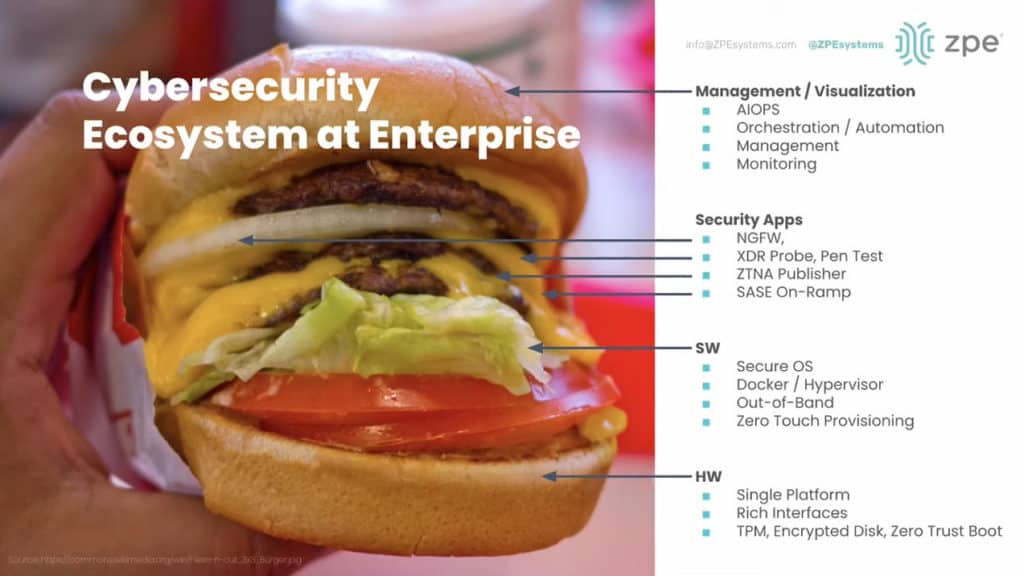
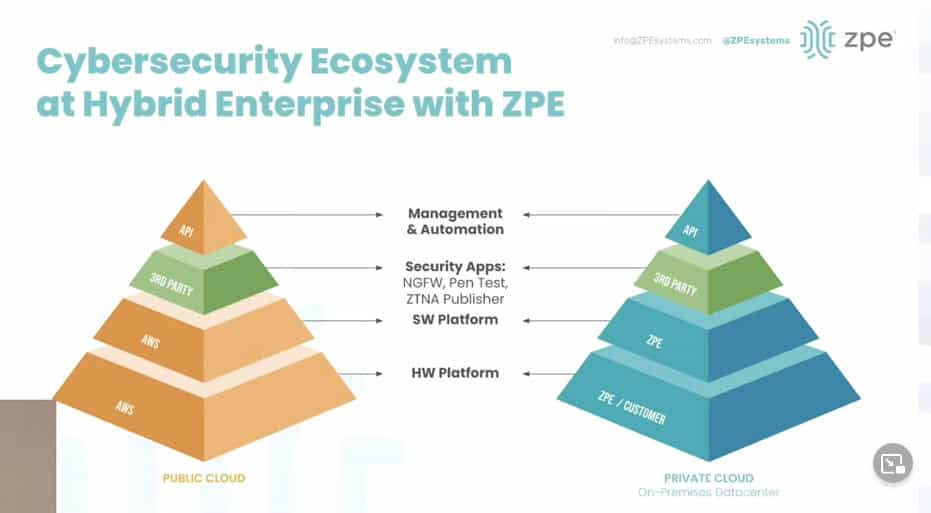

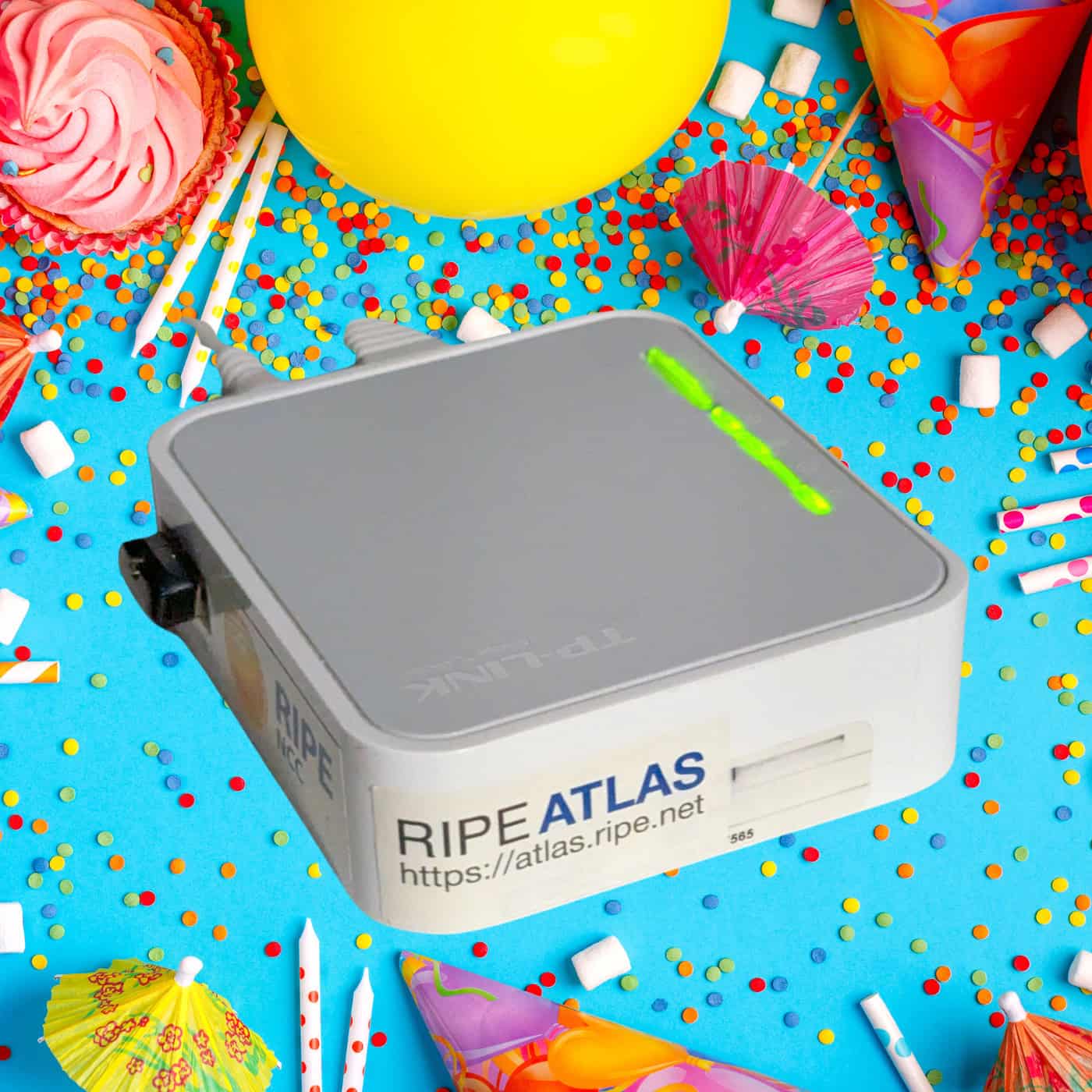


[…] ZPE Systems Presents Cybersecurity-as-a-Platform (CaaP) at XFD7 […]